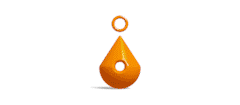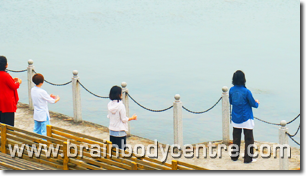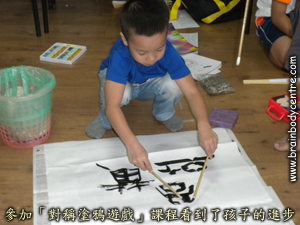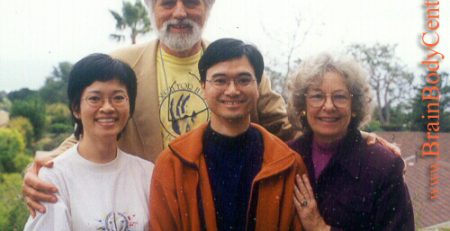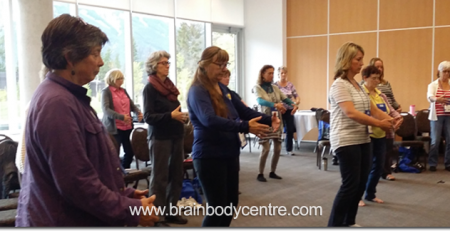Indicator and Purpose
Conrad Ho Jul. 1, 2014
The “Self-relationship” Balancing Retreat in Shanghai ended a few days ago. The venue of the Retreat was situated by the side of the misty Lake Taihu. The environment was serene and peaceful; the air smelt of fresh grass and green leaves. Food served at the table was local produce from the neighbourhood: vegetables freshly picked, dried shrimps in shells recently sun-dried, and Taihu whitebait and whitefish just caught in the lake. Everything was so fresh! I also saw fireflies that I not seen for a long time during a night stroll.
As usual, 14 cases of casework were studied in this retreat. Unlike before, there was no obvious connection among the themes of these cases. However, the case-owners had very similar perspective – they all monitored the indicators closely in doing things. However, they had forgotten the purpose behind which was represented by the indicators.
The purpose of doctors treating patients is to cure illness. One indicator is the body temperature of patients. If a patient has high temperature, should the doctor just give the patient medicine to reduce fever? It may be alright for the first two to three days in trying out the medicine since it was usually just common cold. However, if the temperature remains high, it should be considered whether there is inflammation such as pneumonia.
The purpose of training insurance agents is to sell suitable insurance portfolios to clients. The indicator is the sales performance of agents. If the insurance company only looks at the sales performance of its employees and does not look at the satisfaction level of clients, do you think there is any problem?
In dealing with one’s problems, one must remember to differentiate between a purpose and an indicator. An indicator is a phenomenon on the surface. A purpose is relatively hidden. An indicator is just a way to measure how well a purpose has been fulfilled. For example, one student always felt pain all over her body and she had stiff muscle. She kept looking for people to cure her pain and stiffness. But these are indicators only, telling one the possible location and seriousness of the problem. The root of the problem was her anxious personality (psychology stress) and improper posture (physiology stress). So the purpose of dealing with the matter was to relax and be relaxed.
Another student had set up a company of her choice. The company had developed well and was financially sound. However, she was very unhappy. Everyday, she had to force herself to go to work. On the surface, she seemed to be very lazy. Previously, the way she dealt with this matter was to get herself work hard when she found herself lazy (indicator). The reason she used was doing it for her family. She should do it. However, doing things by watching the indicator made her feel even worse, so bad that she wanted to die. In fact, the purpose was to be happy, and to enjoy the fun of going to work! So she was balanced to find fun in work, at least from the work place or during the process. Little by little, fun would grow. One could then figure out what to do.
It is easy to differentiate an indicator and a purpose in terms of concepts. In reality, many people feel confused about them. How to do better? One needs to go back to a main point in the educational model, that is, to nurture self-noticing ability.
